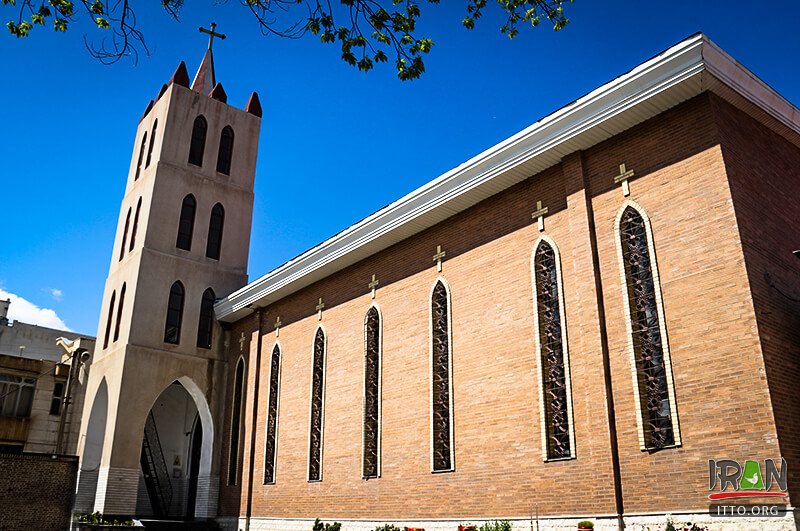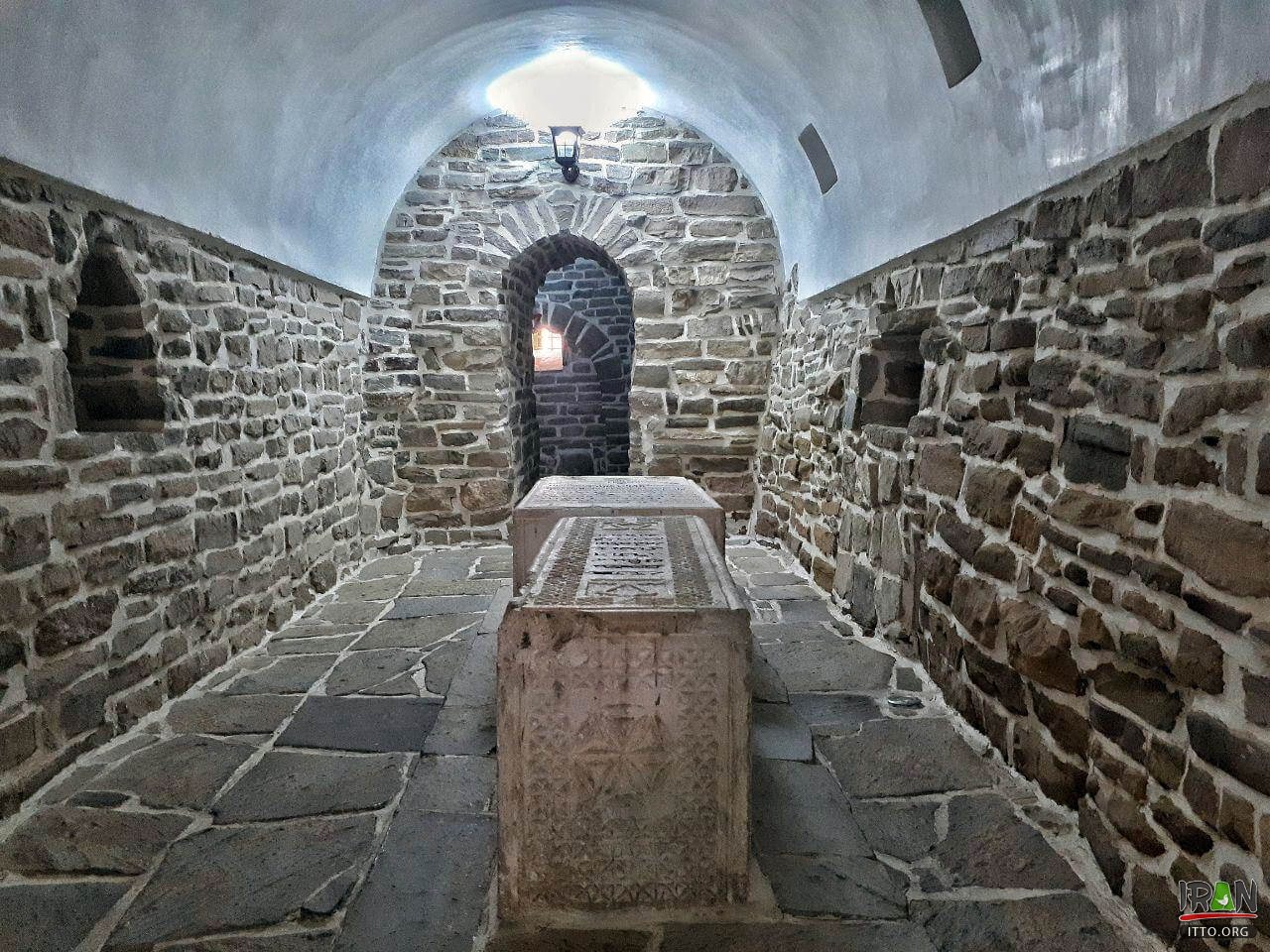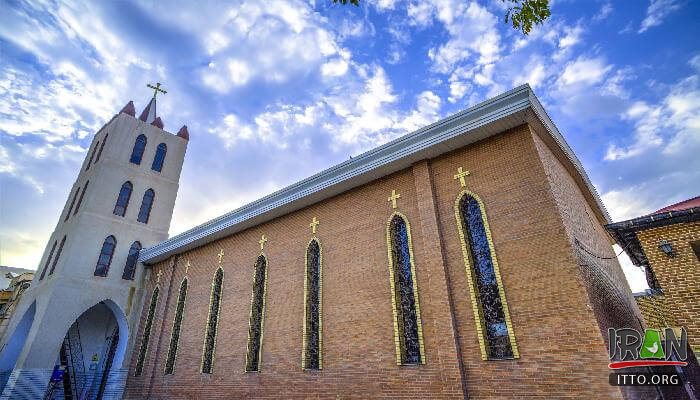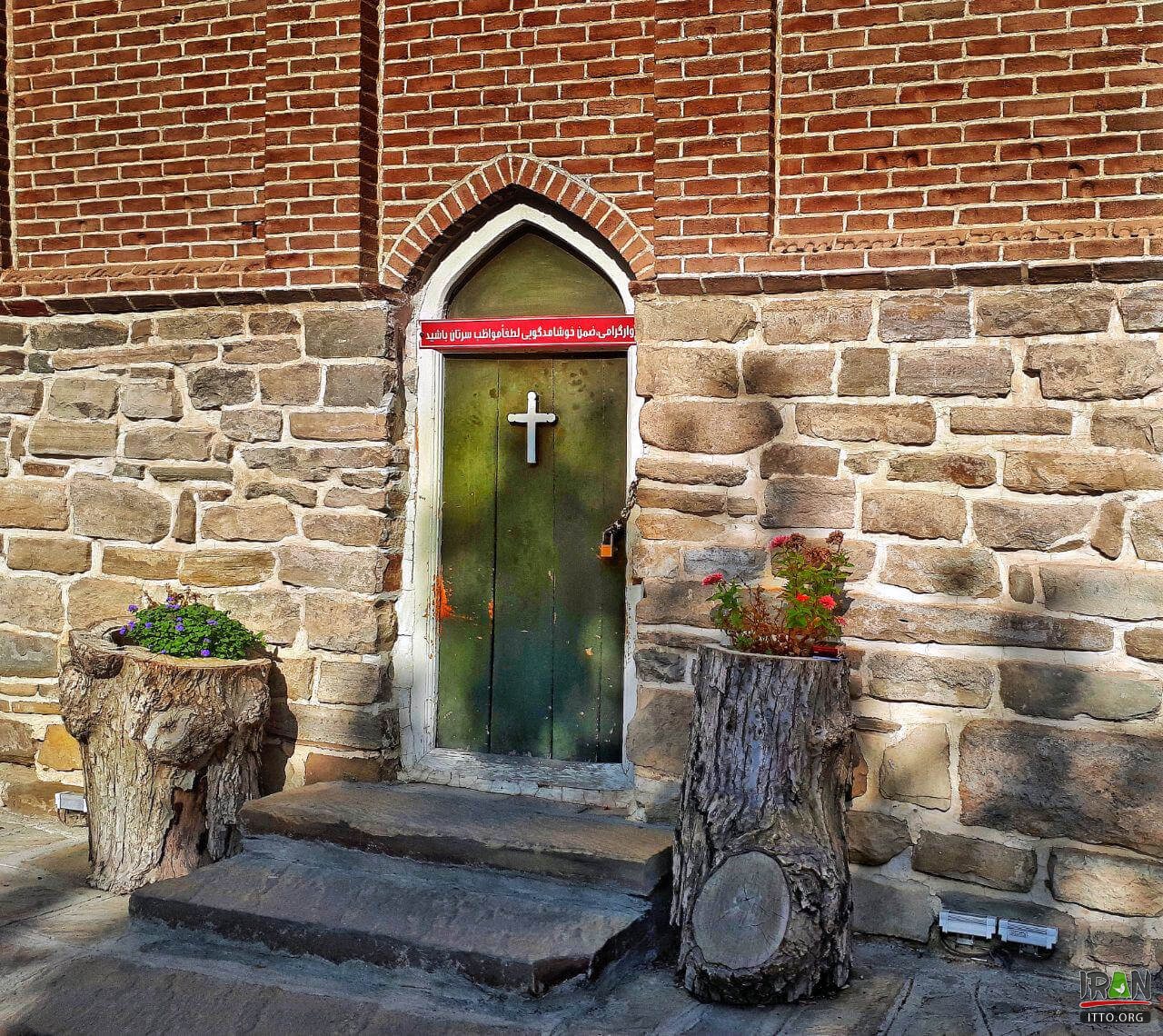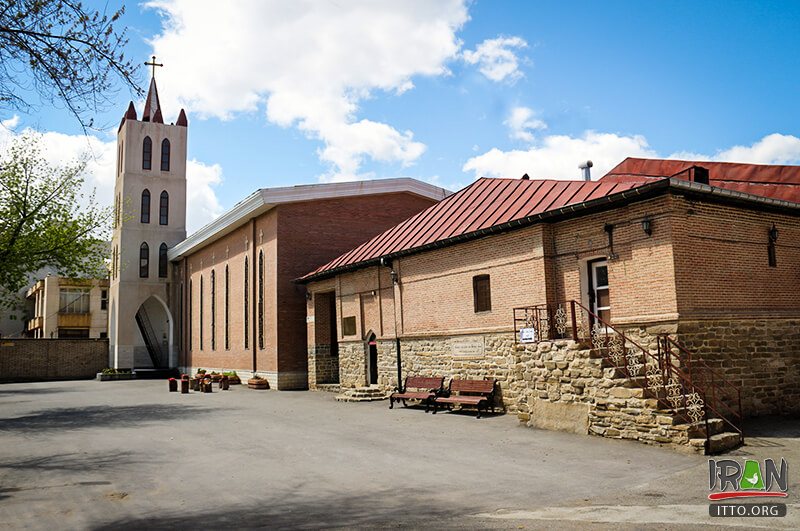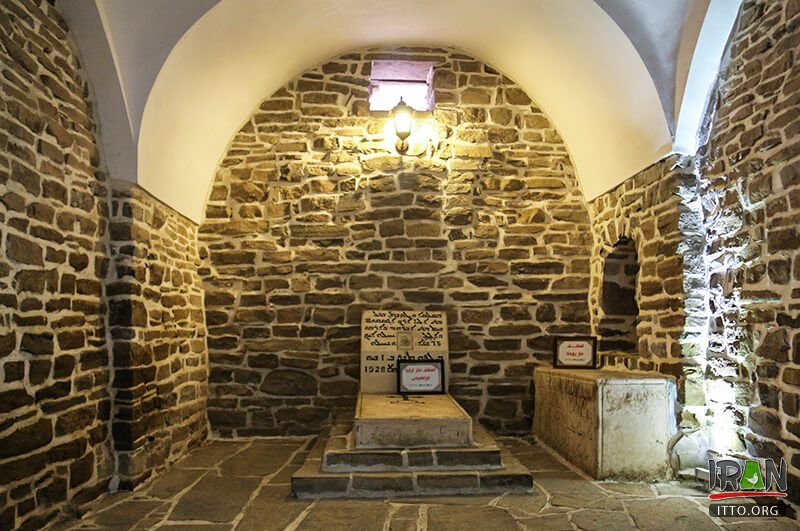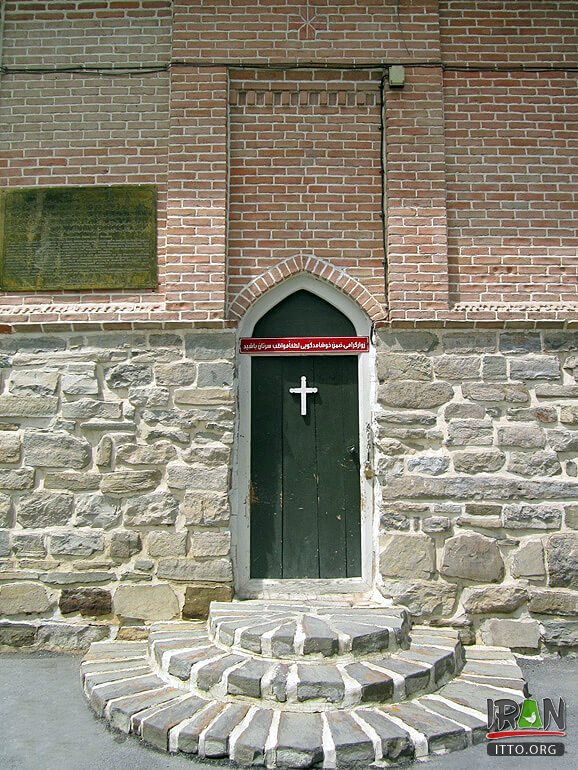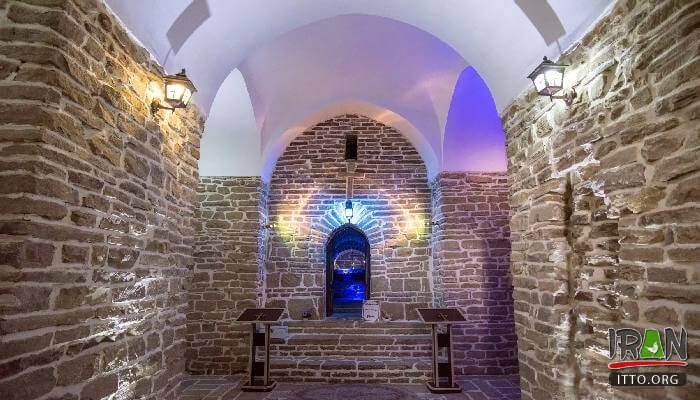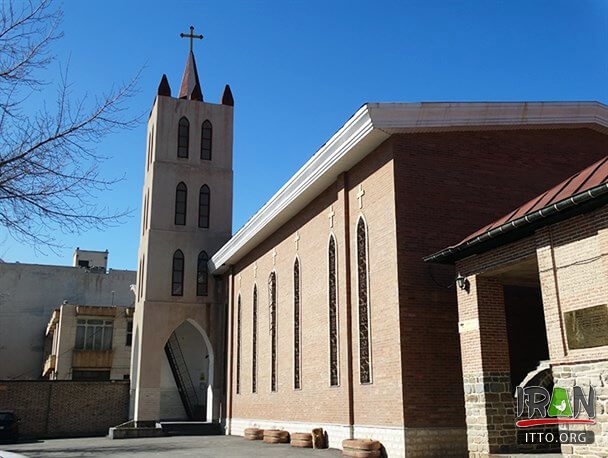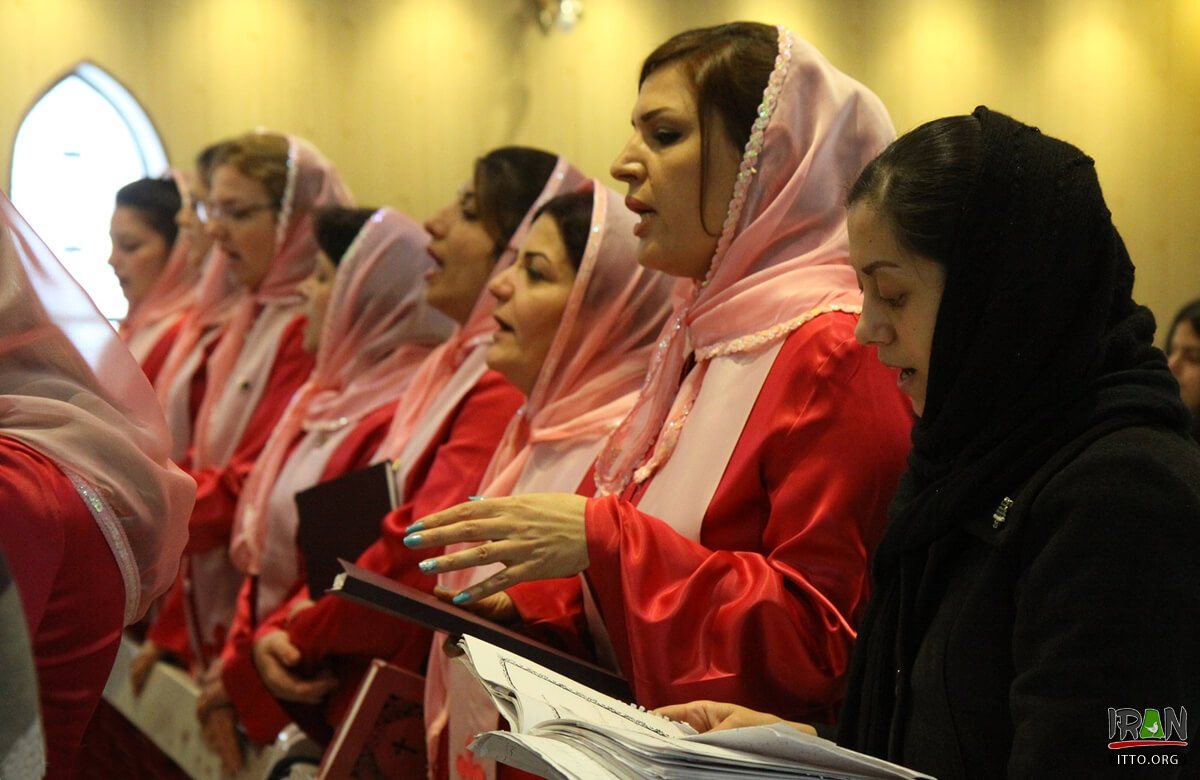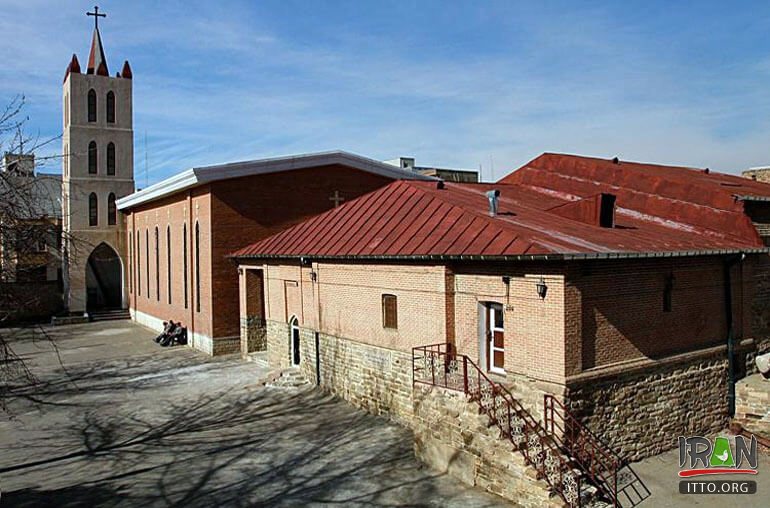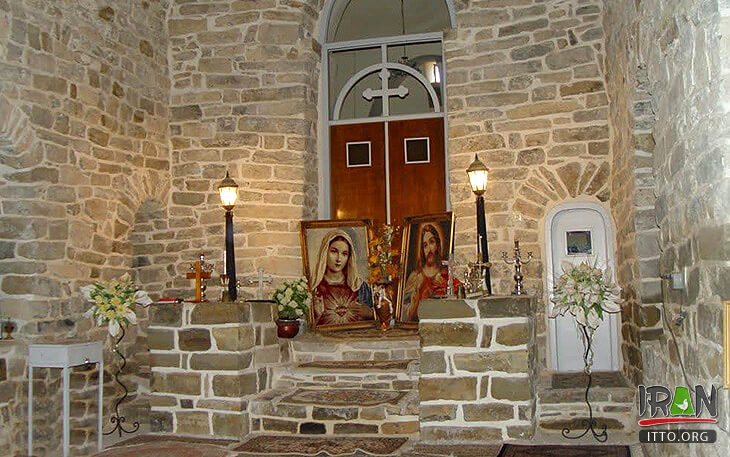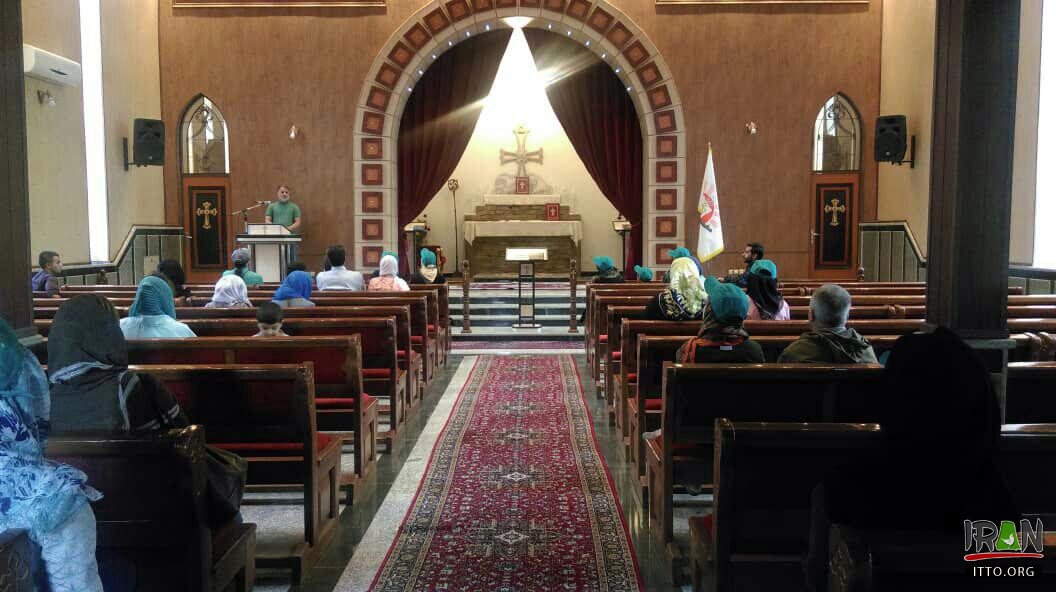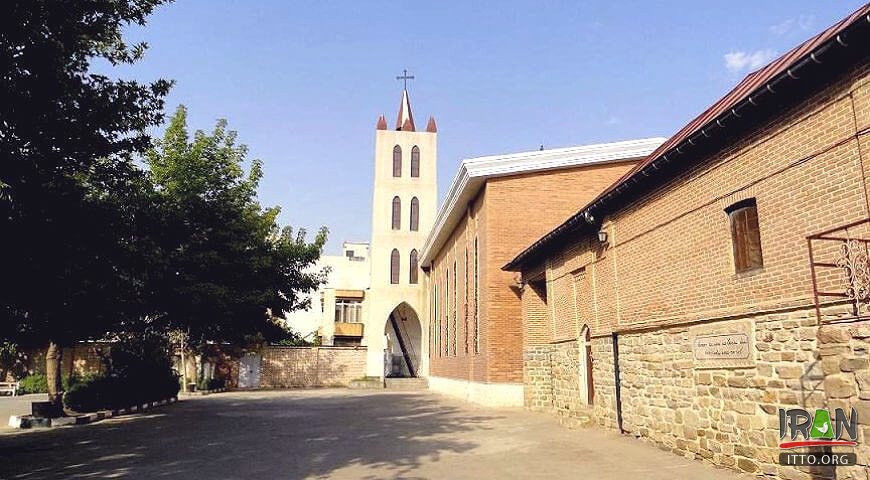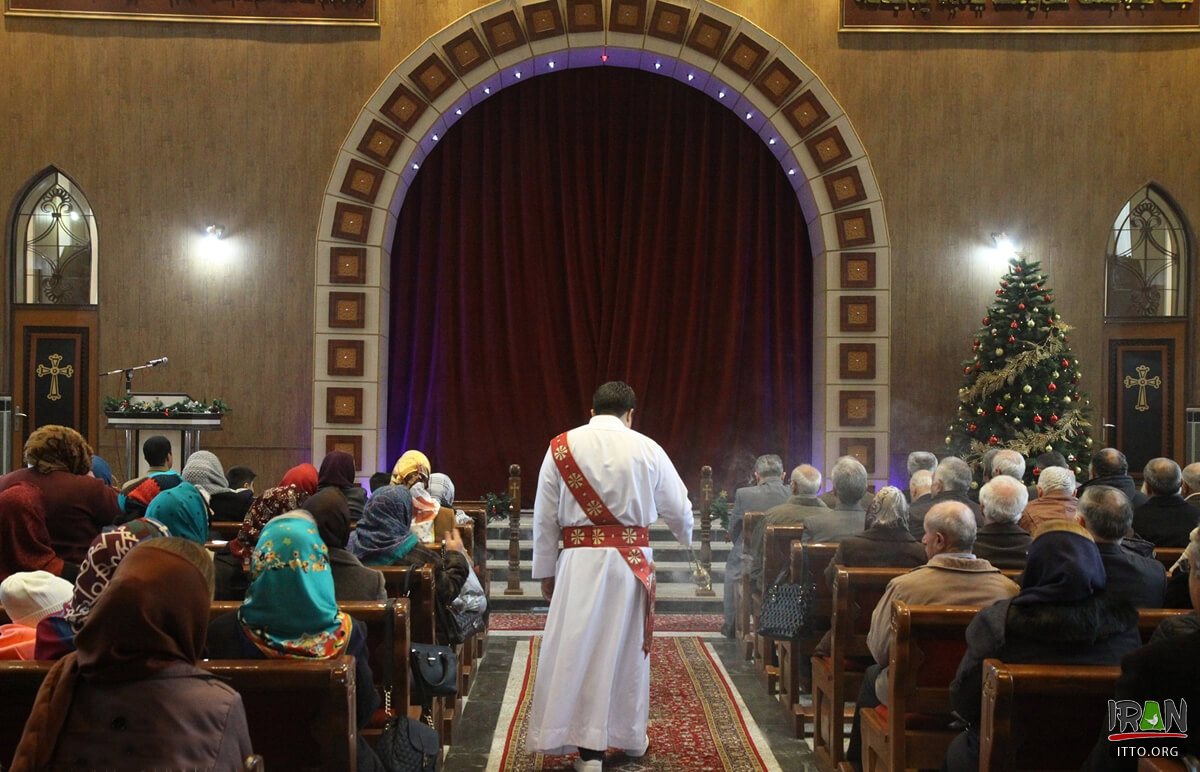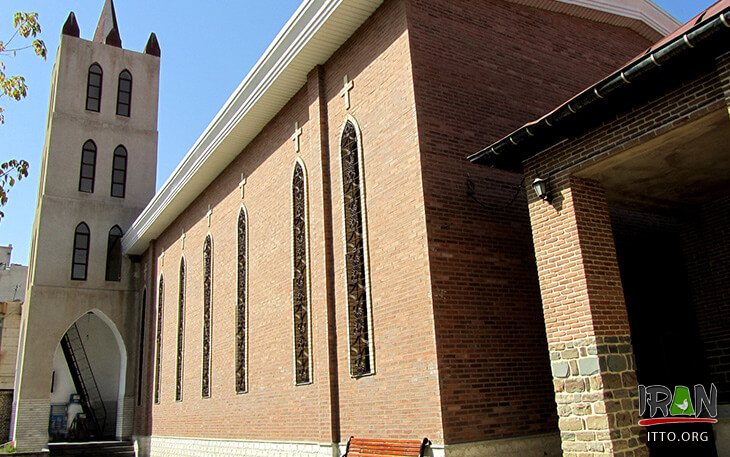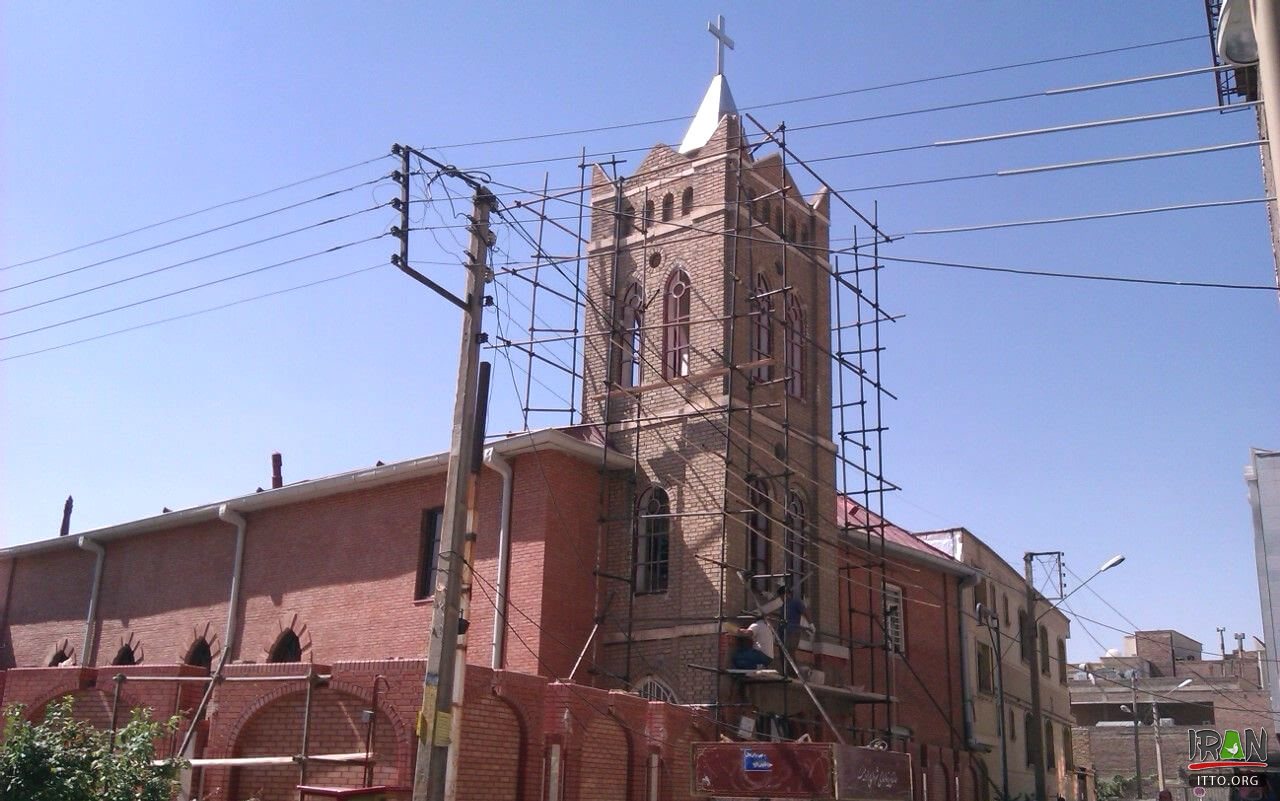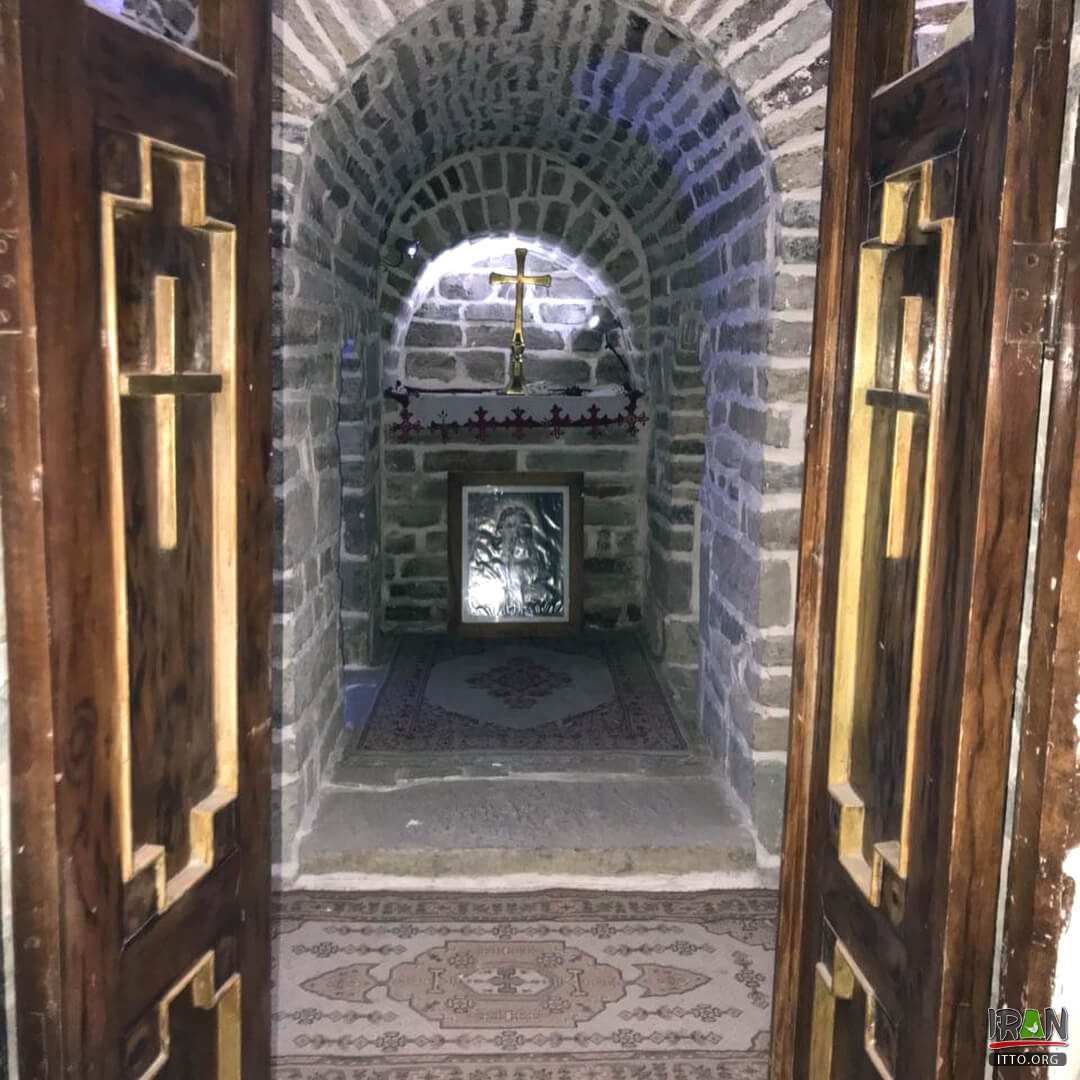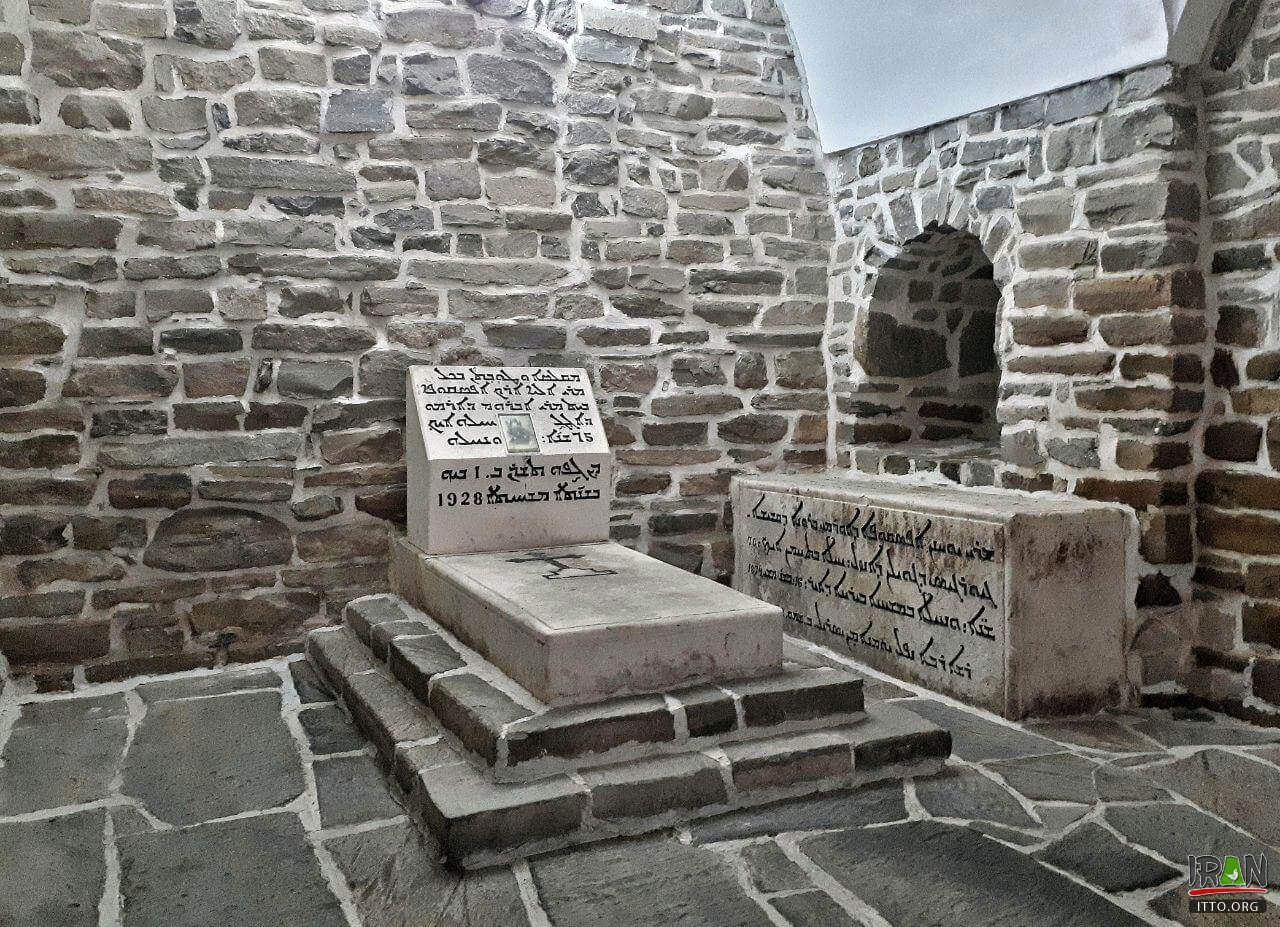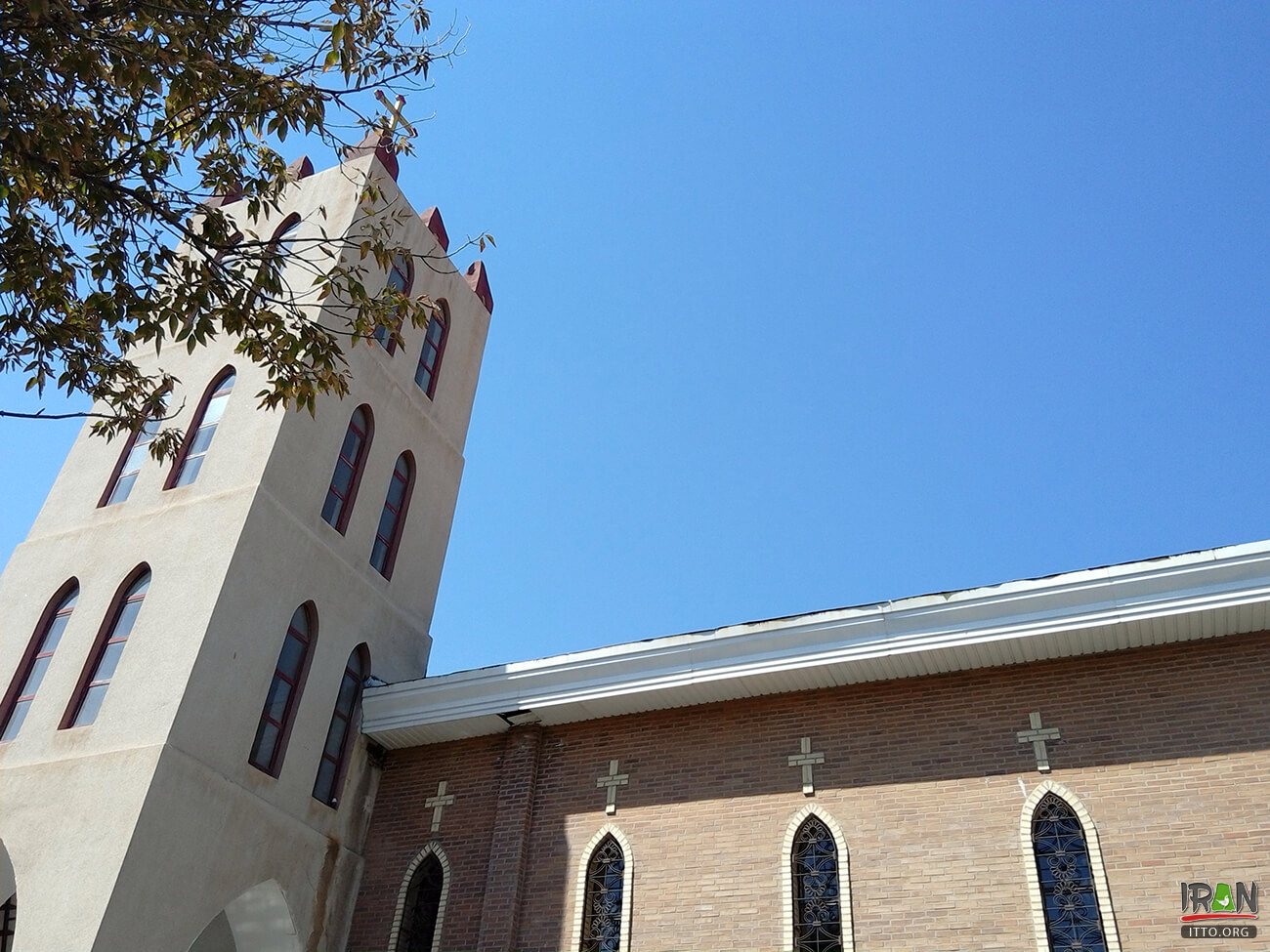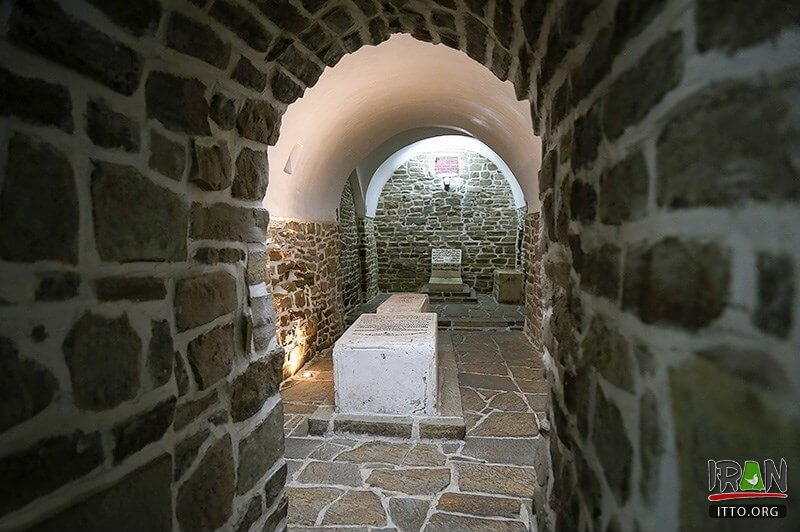Tourist Attraction
Related to
Orumieh city (located in West Azerbaijan province)
Also known as: Naneh Mariyam Church, Kelysaye Naneh Maryam, Mart Maryam, Shargh Ashur Church, East of Assyria Church, Hazrate Maryam Church, Church of Saint Mary
St. Mary Church (Also known as Naneh Maryam Church) is an ancient Assyrian church located in the city of Urmia (Orumieh). It is considered by some historians to be the second oldest church in Christendom after the Church of the Nativity in Bethlehem in the West Bank.
It suffices to say that it was built on the tomb of three magi who passed ...
St. Mary Church - Urmia
St. Mary Church (Also known as Naneh Maryam Church) is an ancient Assyrian church located in the city of Urmia (Orumieh). | Copyright: Mostafa Zavvar
St. Mary Church - Urmia
It is considered by some historians to be the second oldest church in Christendom after the Church of the Nativity in Bethlehem in the West Bank.
St. Mary Church - Urmia
It is believed by some Assyrian and Christian historians that it had been a Fire temple at first in which Zoroastrian priests used to pray.
St. Mary Church - Urmia
St. Mary Church (Also known as Naneh Maryam Church) is an ancient Assyrian church located in the city of Urmia (Orumieh).
St. Mary Church - Urmia
Like all other regional churches, the entrance is a relatively small one and in order to get to the main hall, one must follow some steps down.
St. Mary Church - Urmia
St. Mary Church (Also known as Naneh Maryam Church) is an ancient Assyrian church located in the city of Urmia (Orumieh). | Copyright: Mostafa Zavvar
St. Mary Church - Urmia
St. Mary Church (Also known as Naneh Maryam Church) is an ancient Assyrian church located in the city of Urmia (Orumieh). | Copyright: Mostafa Zavvar
St. Mary Church - Urmia
Like all other regional churches, the entrance is a relatively small one and in order to get to the main hall, one must follow some steps down. | Copyright: Maryam Rahimi
St. Mary Church - Urmia
It is considered by some historians to be the second oldest church in Christendom after the Church of the Nativity in Bethlehem in the West Bank.
St. Mary Church - Urmia
St. Mary Church (Also known as Naneh Maryam Church) is an ancient Assyrian church located in the city of Urmia (Orumieh).
St. Mary Church - Urmia
St. Mary Church (Also known as Naneh Maryam Church) is an ancient Assyrian church located in the city of Urmia (Orumieh).
Holy Communion in St. Mary Church - Urmia
St. Mary Church (Also known as Naneh Maryam Church) is an ancient Assyrian church located in the city of Urmia (Orumieh). | Copyright: Taha Asgharkhani
St. Mary Church - Urmia
At Jesus Christ' time of birth, three priests observed a shining star moving toward east. They considered it as a sign of awaited Messiah's birth and traveled to Jerusalem to meet him. After coming back they converted the fire temple to a church.
St. Mary Church - Urmia
Like all other regional churches, the entrance is a relatively small one and in order to get to the main hall, one must follow some steps down.
St. Mary Church - Urmia
At Jesus Christ' time of birth, three priests observed a shining star moving toward east. They considered it as a sign of awaited Messiah's birth and traveled to Jerusalem to meet him. After coming back they converted the fire temple to a church. | Copyright: Maryam Rahimi
St. Mary Church - Urmia
It is believed by some Assyrian and Christian historians that it had been a Fire temple at first in which Zoroastrian priests used to pray.
St. Mary Church - Urmia
The building encompasses an altar, several chambers, a vestibule and the main hall.
St. Mary Church - Urmia
At Jesus Christ' time of birth, three priests observed a shining star moving toward east. They considered it as a sign of awaited Messiah's birth and traveled to Jerusalem to meet him. After coming back they converted the fire temple to a church.
Holy Communion in St. Mary Church - Urmia
The building encompasses an altar, several chambers, a vestibule and the main hall. | Copyright: Taha Asgharkhani
St. Mary Church - Urmia
St. Mary Church (Also known as Naneh Maryam Church) is an ancient Assyrian church located in the city of Urmia (Orumieh).
St. Mary Church - Urmia
Briefly prior to the World War I, it was converted by the Russians to a Russian Orthodox church. In early 1960s, the old church was restored and a modern church with a spire was built adjacent to the ancient church.
St. Mary Church - Urmia
St. Mary Church (Also known as Naneh Maryam Church) is an ancient Assyrian church located in the city of Urmia (Orumieh).
St. Mary Church - Urmia
St. Mary Church (Also known as Naneh Maryam Church) is an ancient Assyrian church located in the city of Urmia (Orumieh).
St. Mary Church - Urmia
St. Mary Church (Also known as Naneh Maryam Church) is an ancient Assyrian church located in the city of Urmia (Orumieh).
St. Mary Church - Urmia
St. Mary Church (Also known as Naneh Maryam Church) is an ancient Assyrian church located in the city of Urmia (Orumieh).
St. Mary Church - Urmia
St. Mary Church (Also known as Naneh Maryam Church) is an ancient Assyrian church located in the city of Urmia (Orumieh).
EXPLORE OTHER ATTRACTIONS IN Orumieh
The province of West Azarbayjan has the largest lake of Iran in its territory, known as Lake Orumieh. This lake is at an altitude of 1,267 m. from the sea level, ...
Urmia ancient bazaar has an old and new texture present in the southeast corner of the city. The major construction is of brick work. Inspite of diversity of architecture ...
This historical structure is to the southeast of Orumieh and the date 580 AH. can be noted on three inscriptions in the Kufic script placed on the entrance door. ...
Kaboodan Island (Qoyundağı adası or Quyun Daqi Island) is the largest islands of the lake Orumieh (Urmia Lake), located to the east of which and covering an area ...
Maar-Sargiz Historical Church (Marserkis, Marsarkis Church, Sir Church) is located on the hillside of Ser/Sir Mountain (12 km West of the city of Orumiyeh / Urmia) ...
The mosque in Iran's northwestern city of Oroumiyeh (also Urmiye) was constructed in Qajar era (1785-1925) by Abdol Samad Khan, forefather of Azim al-Saltaneh Sardar.
